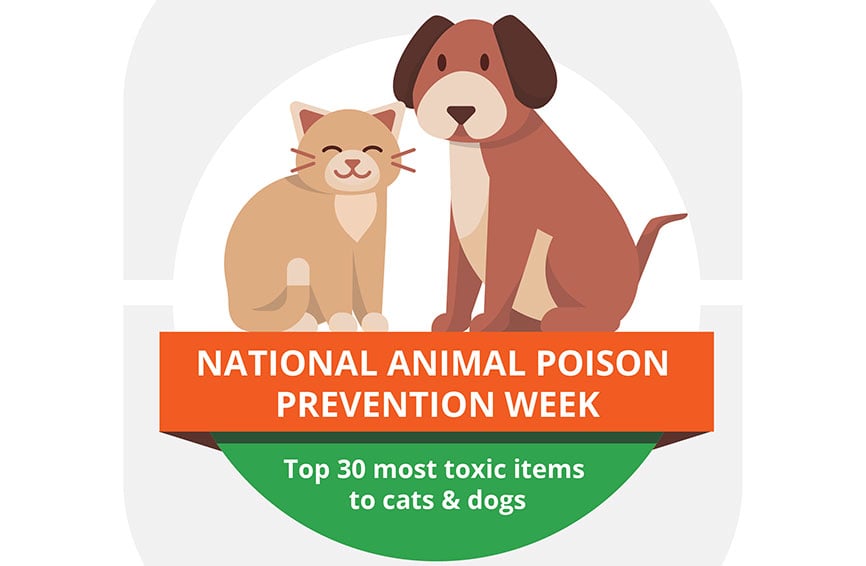Table of Contents
Plain asparagus is safe to feed to your dog in moderation, but can cause tummy upset. Pets should only eat plain asparagus—that means no seasonings, garlic or onions, butter or oil. The best way to serve asparagus is boiled or steamed since it’s easier for a pet to eat.
Benefits of asparagus
Asparagus is low in fat and sugar while being high in dietary fiber, making it a healthy vegetable. Other nutrients include:
- Vitamins C, E, and K
- Copper
- Folate
- Antioxidants
Hazards of asparagus
Asparagus is often cooked with butter, oil, salt, and other seasonings. It’s important to never feed your dog asparagus that has been seasoned with garlic or onion powder (or any seasonings that contain them) because these are toxic to dogs. Avoid feeding buttered asparagus to pets as well. Though a tiny nibble may be fine, eating vegetables that have been cooked in fats can cause pancreatitis or upset stomach.
Asparagus is not toxic but it isn’t the ideal vegetable to share with pets. Raw asparagus is very tough, making it difficult to chew and digest. It can also present a choking hazard if they are not cut into bite-sized pieces. It’s best to limit your pet’s intake of asparagus, regardless of how it was cooked, because too much can cause vomiting, gas, or diarrhea.
It’s important to note that asparagus fern, the inedible part of the plant, is toxic to pets. Keep pets away from a garden where asparagus is growing, and call your vet if you suspect your pup has ingested asparagus fern. Maintain dog insurance on your pets, so you’ll be able to get treatment for any kind of stomach upset.
Some pets are picky eaters and asparagus may not be your pet’s first choice in veggies. We recommend opting for more pet-friendly vegetables that are easier for them to eat, such as carrots, cucumber, or celery.
Want to find out more about what dogs can and cannot eat? Check out our comprehensive guide for more information on “What Human Foods Dogs Can and Can Not Eat.”








